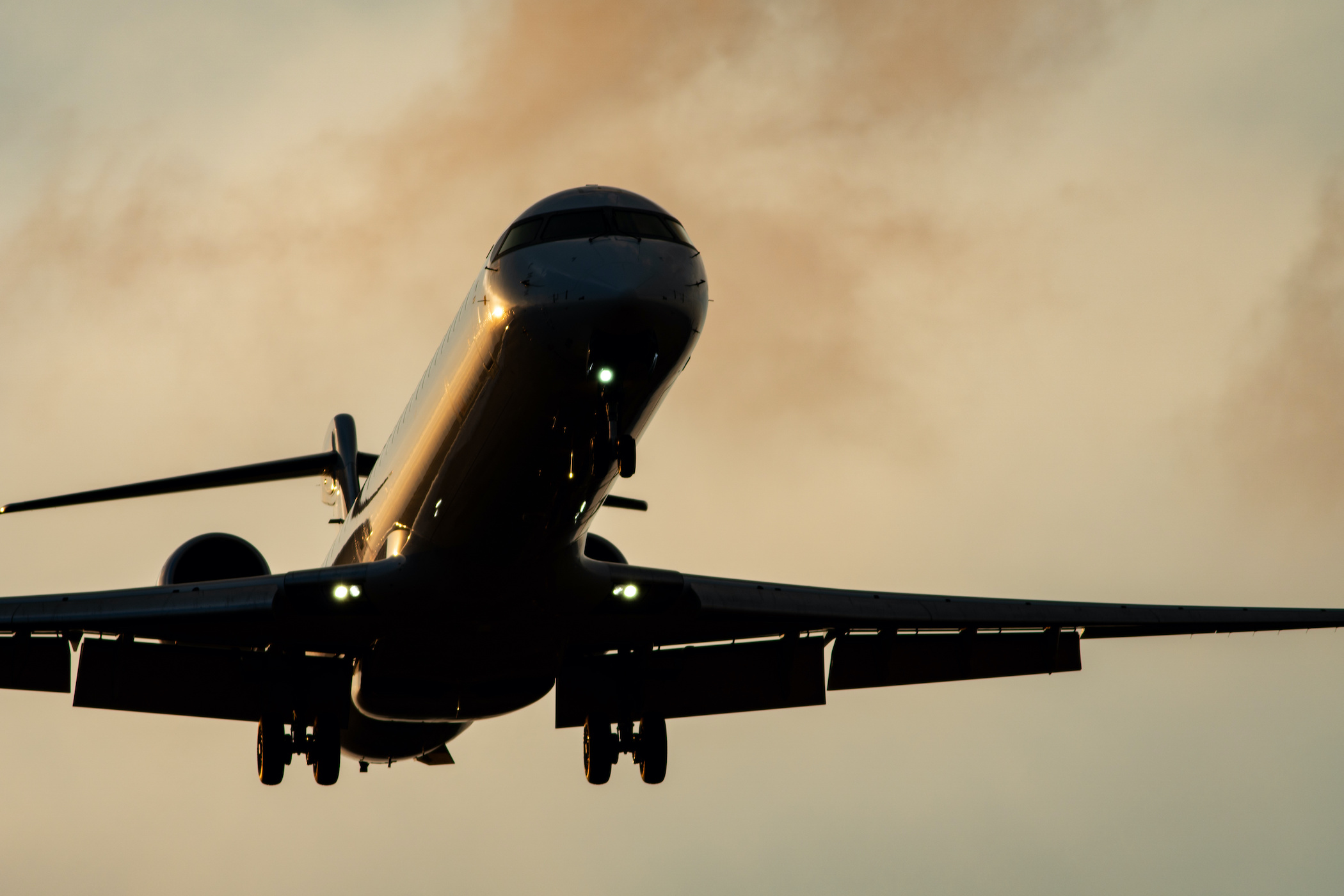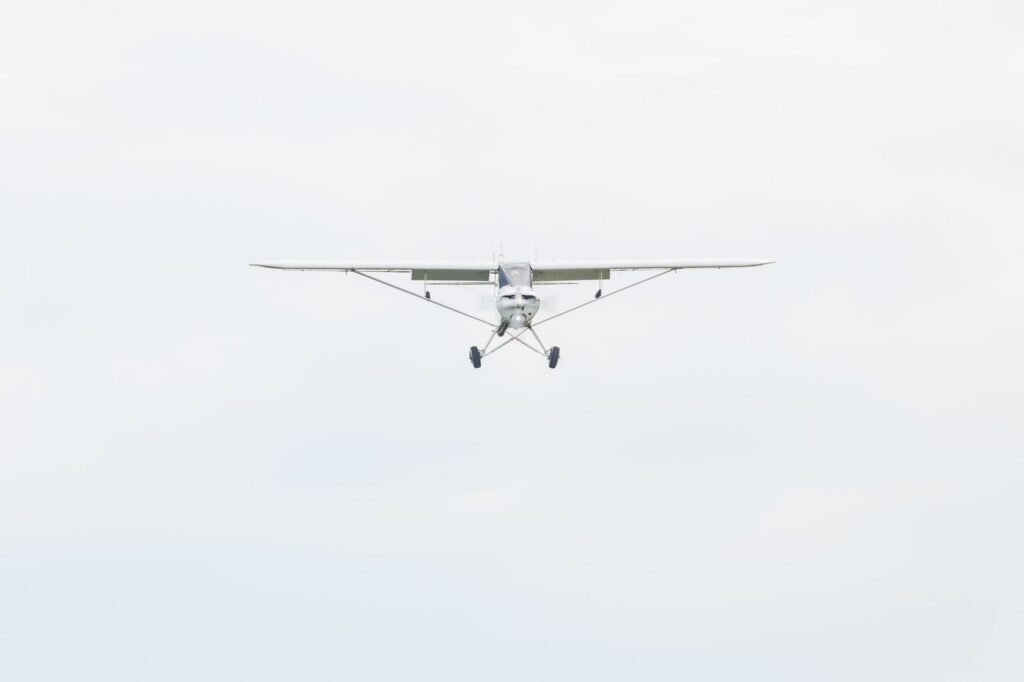
The Airline Pilot Career Path
The Airline Pilot Career Path
Many new pilots learn to fly so that they can pursue a career in the airlines. There is no exact path which pilots must follow to get to the airlines, but there are several which are well-worn.
First, what do we mean by “airlines”? Airlines fall under Part 121 of the FARs (14 CFR), and there are different kinds of airlines. The three broad categories are regional airlines, major airlines, and cargo airlines. The lifestyle, pay, and quality of life can vary considerably between the types of airlines and each specific airline.
Regional Airlines
Many pilots start their airline careers at regional airlines. Regional airlines may operate independently or contract with major airlines to fly as an “express” version. SkyWest Airlines, the largest regional airline in the U.S., operates as a single airline but serves passengers as United Airlines, American Airlines, Delta Air Lines, and Alaska Airlines.
Regionals operate small turboprop and jet airplanes like the CRJ-series or Embraer E-175 and seat roughly 76 passengers, depending on the agreements between the mainline and regional companies. They feed traffic between hub airports and smaller cities. Regional pilots based in Chicago, for example, often fly routes that feed traffic from smaller midwest towns to connections in Chicago.
Starting regional pilots can expect to make about $30K-$50K as junior First Officers (FOs). Senior Captains usually make between $100K-$120K. Airline Pilot Central lists the pay rates of most U.S. Airlines.
The amount of experience required to be hired at a regional has varied widely over the years, but since 2013, all airline pilots are required to hold an Airline Transport Pilot (ATP) certificate. The minimum eligibility requirements for a multi-engine ATP certificate are:
- 23+ years of age
- 1,500 hours of flight time including
- 500 hours cross country
- 100 hours night
- 75 hours instrument
- 25 hours multi-engine
However, the FAA has permitted pilots to earn Restricted ATP certificates specifically to act as a second in command pilot (SIC) at a 121 carrier. The restricted ATP minimums are the following:
- 21+ years old
- 200 hours cross country
- 100 hours night
- 75 hours instrument
- 25 hours multi-engine time
- 750-1,500 hours total time
- 1,500 hours for a non-military pilot with no university aviation-related training.
- 1,250 hours for a pilot with an associate degree from an approved institution and at least 30 semester credit hours of aviation-related coursework.
- 1,000 hours for a pilot with a bachelor’s degree from an approved institution and at least 60 semester credit hours of aviation-related coursework.
- 750 hours for a former military pilot with a DD-214 Honorable Discharge or a current military pilot.

The CRJ-700 is a regional airline staple.
Major Airlines
Flying at a major airline is often the end goal for many airline pilots. Majors include Legacy airlines like United and Delta, the cargo operators UPS and FedEx, and low-cost carriers (LCCs) like Southwest. Pilots at majors are well compensated and often have better work rules and improved quality of life over their regional counterparts.
Generally, a junior FO can expect to make between $100K and $150K, while a captain will make over $200K per year. Some long-haul captains make over $300K per year.
While the regionals have lately been hiring many pilots at the legal minimums, the majors are more selective. Most (but not all) applicants need a Bachelor’s degree — however airlines rarely care what the degree is in — and significantly more flight time. Many majors prefer airline pilot applicants with 3000+ hours of total time and at least 500 hours of flight time as pilot-in-command (PIC) at another 121 operator, usually a regional. Often, these requirements are lower for military pilots, depending on the scope of their responsibilities and the nature of their flying while in the service.
Majors also give preference to pilots’ communication skills and community involvement, believing that it will make them both enjoyable as a fellow crew member and a long-term asset to the airline.

Teamwork is an essential part of an airline pilot’s job.
But, to get hired at any airline, we first have to do a bunch of other stuff! Very broadly speaking, there are two major paths a pilot can follow to become an airline pilot: the civilian route and the military route.
The Civilian Route
Aspiring airline pilots pursuing the civilian route pay for flight training out-of-pocket to reach an experience level where they then transition to getting paid to fly. From there, they build time in various flying jobs until they have enough experience to be hired by a regional airline (or find a corporate flying job). The most common route is something like this —
- Private Pilot
- Instrument Rating
- Commercial Pilot
- Multi-Engine Add-on
- Flight Instructor Certificate
Those of you just starting out, consider reading some of our other posts about Becoming a Private Pilot and Finding a Flight School!
By this point, a pilot usually has around 300 hours of flight time and can find a paid flying position. Now, they need to “time build” to get to 1500 hours. This can be accomplished in many ways, including:
- Flight instructing
- Banner towing
- Fire patrol
- Aerial photography
- Scenic tours
- Part 135 or Part 91 subpart K operations
Many civilian pilots will work a variety of jobs to reach 1500 hours. Others will just instruct for the whole duration. Exposure to various kinds of flying operations is valuable and fun. Instruction is also an enjoyable process for many (we love it!) and a great way to truly learn about airplanes and flying. Which route a pilot prefers usually depends on their personal preferences and personality type. If you don’t like teaching, instructing may not be for you.
The Military Route
Military pilots fly in the United States Army, Marine Corps, Navy, Air Force, and Coast Guard. We won’t get too in-depth on the various branches and the types of opportunities they offer in this article, but suffice to say that anyone seriously interested should learn more to determine which branch is the best fit for them. All branches offer fixed-wing (airplanes) opportunities and most offer rotary (helicopter) flying positions. After serving in the military for a period of time, a pilot may consider leaving the military and becoming an airline pilot. While airline pilots come from all five branches, but the majority come from either the Air Force or the Navy.
In most circumstances, becoming a military pilot requires a Bachelor’s Degree. Degree in hand, aspiring pilots then apply to become a military pilot which generally requires submission of an application package to a board that makes a final decision. If offered the opportunity, the applicant will attend an officer training program (OTS in the Air Force, OCS in the Navy) and upon graduation will commission as an officer.
After commissioning, a pilot will then attend pilot training, which lasts approximately 2 years. After earning their wings, pilots will serve a minimum commitment of 8 years (Navy) or 10 years (Air Force). Many pilots choose to stay for 20 years to earn a full military retirement.

Fighter pilot is one of many military pilot positions that may eventually lead to the airlines.
The day-to-day life of a military pilot is varied, especially depending on their flying role. Heavy transport pilots will fly very long distances to deliver personnel and materials to locations worldwide. Fighter pilots will generally fly much shorter flights. Most pilots will deploy multiple times overseas to a variety of locations, especially in Japan, Korea, Europe, and the Middle East.
After separating from the military, pilots often decide to pursue airline careers. Depending on their total time, experience, and the current hiring market, they may be able to proceed directly to a major airline or may start at a regional before moving on to a major.
Airline Training
Once hired at an airline, all pilots go through pilot training which is a relatively standardized process across all airlines, and will become an increasingly familiar process through their career. Training usually involves the following:
- Indoc training — Company policies, standard operating procedures (SOPs), and familiarity with the specific rules which govern that particular airline, called Operation Specifications or OpSpecs.
- Systems Training — Transport category airplanes are systemically far more complicated than the airplanes most new regional pilots have flown before. Systems training covers the fundamentals and operating principles of the airplane including hydraulics, pneumatics, pressurization, flight controls, fire detection/protection, engines, instrumentation, autopilots, landing gear and the auxiliary power unit (APU).
- Procedures Training — Next, pilots usually enter the procedures training phrase. During procedures training, trainees drill the standard procedures the airline uses. These are primarily composed of flows, callouts, and profiles. Flows are a standardized way of doing many related tasks (e.g. preparing the airplane for the taxi), callouts are standardized phrases all pilots at the airline use (e.g. calling out “stabilized, cleared to land” at 1,000 feet on final), and profiles are the standard methods for conducting operations like departures or approaches (e.g. flaps 25° and gear down at the final approach fix). These standard procedures ensure that two pilots who have never met will still be capable of working as a team to handle normal operations and emergencies.
- Simulator Training — After ensuring the flows, callouts, and procedures are on-point, a trainee then enters simulator training where they practice procedures in a full-motion simulator. Sim training also involves repeated emergency exercises like engine failures on takeoff, fires, and depressurizations. The end of simulator training is marked by completing a checkride or series of evaluations which gauge both how the pilot maintains aircraft control and makes decisions in emergencies, and how they handle normal line operations between airports. Once the checkride is passed, the applicant has earned a new type certificate and, if they didn’t have it already, an ATP certificate.
- Initial Operating Experience (IOE) — This is the final stage of training. Before being released to “fly the line” a pilot must complete at least 25 hours of flying with a line check airman (LCA) who observes how they operate the actual airplane. These flights are conducted with passengers, but the LCA is specifically qualified to teach IOE. Once IOE is passed, the pilot is released to fly the line.

General Career Advice
Lastly, let’s discuss the best practices for pursuing an airline career.
- Avoid debt. This isn’t to say don’t ever take on debt, but be very careful when you do. Airlines, and flying in general, are never a sure thing. Debt can drastically reduce a pilot’s career satisfaction, particularly early in their career.
- Have a backup plan. Pilots that have an alternate career to fall back on are more prepared in the event that their airline furloughs or they lose their medical. They also have another career option should they decide to walk away from career flying, whether temporarily or permanently.
- Study and work hard. From the moment you start training, you are pursuing something that is difficult and rewarding, and a craft where your habits and reputation will follow you through your career.
- Don’t burn bridges. Again, your reputation will follow you through your career. You may be a chief pilot of a small operation at one point and later have a boss who was your former employee. Treat people well at every level of the industry. This is great advice in general, but particularly important in the relatively small world of aviation.






